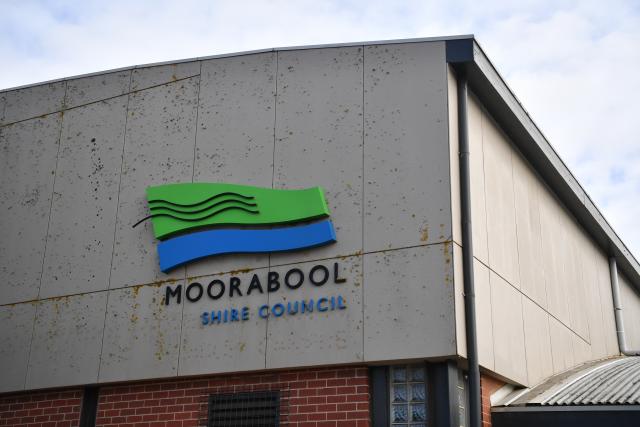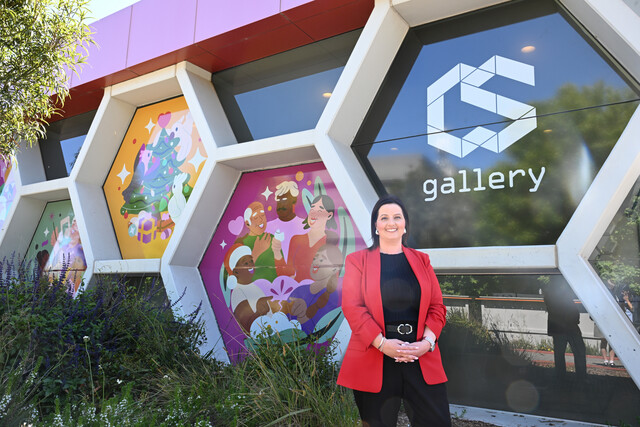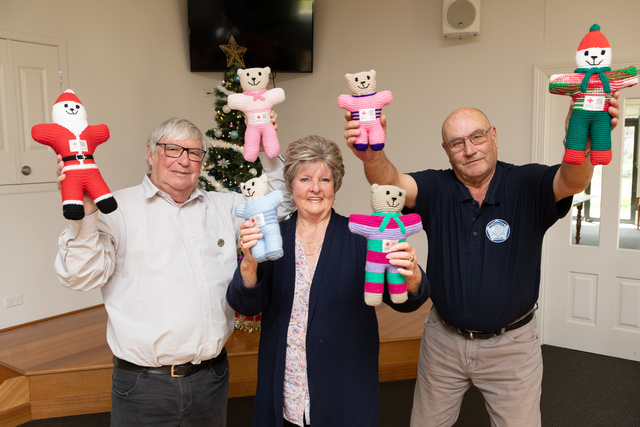One patient in three in Melton waits longer than the target of 15 minutes for an emergency ambulance, according to Ambulance Victoria’s annual report.
While responses to life-threatening situations in Melton improved 14 per cent in the past year, ambulances arrived in under 15 minutes only 67 per cent of the time.
The average time for 6700 calls was just under 14 minutes.
In nearby Brimbank, where paramedics responded to 10,700 emergency calls, 77 per cent were answered in under 15 minutes.
The state target is for 85 per cent of Code-1 emergencies to be responded to within the 15-minute mark.
Ambulance Victoria’s regional manager, Simon Thomson, said while paramedics were doing their utmost to provide “excellent service” amid growing demand, he acknowledged they were failing to meet their targets.
“We acknowledge we can improve and are working closely with the government and paramedics through the ambulance performance and policy consultative committee to improve the services we provide to Victorians,” Mr Thomson said.
“Recent steps have been taken to improve the timely transfer of patients to emergency departments, including removal of the hospital bypass system, so paramedics and ambulances are more available.”
Mr Thomson said that as part of some of the changes to Ambulance Victoria, the role of the communications centre had been expanded to improve the distribution of ambulances across the system.
Earlier this year, the committee, headed by Health Minister Jill Hennessy, released an interim report, which noted the need for better integration of ambulance services and the broader health system, better support for paramedics at Ambulance Victoria and an improvement to ambulance call and despatch.
‘Triangle of death’
But a Melton paramedic, who asked to remain anonymous, said while much had been done to improve ambulance response times, resourcing remained a significant issue in the “triangle of death”: Bacchus Marsh, Melton and Sunbury.
“It’s an expansive area and one that’s still growing and we’re just trying to play catch-up,” the paramedic said.
“If one of those three areas are out of resources, then the next closest resource is at least 20 minutes away, even with a fast drive.”
The paramedic said while he didn’t want to discourage people from calling an ambulance, paramedics were sometimes tied up by patients who should have visited a GP.







